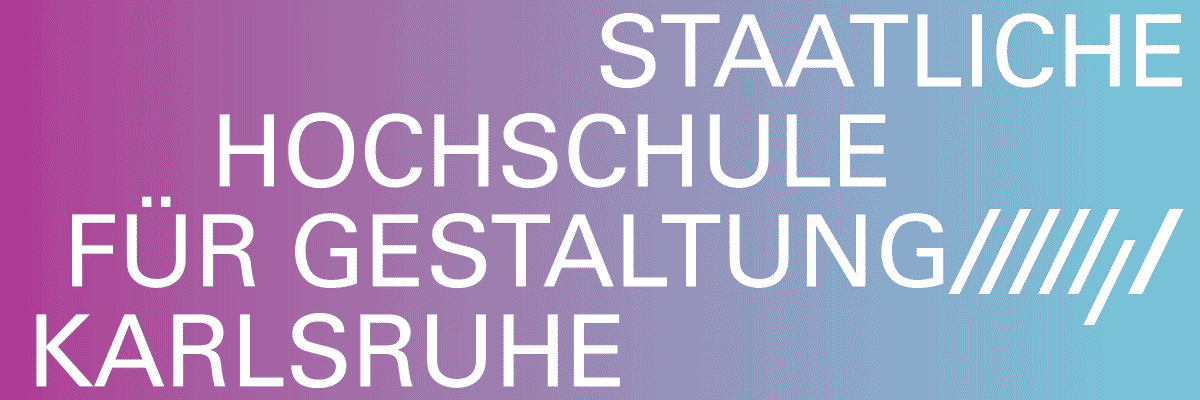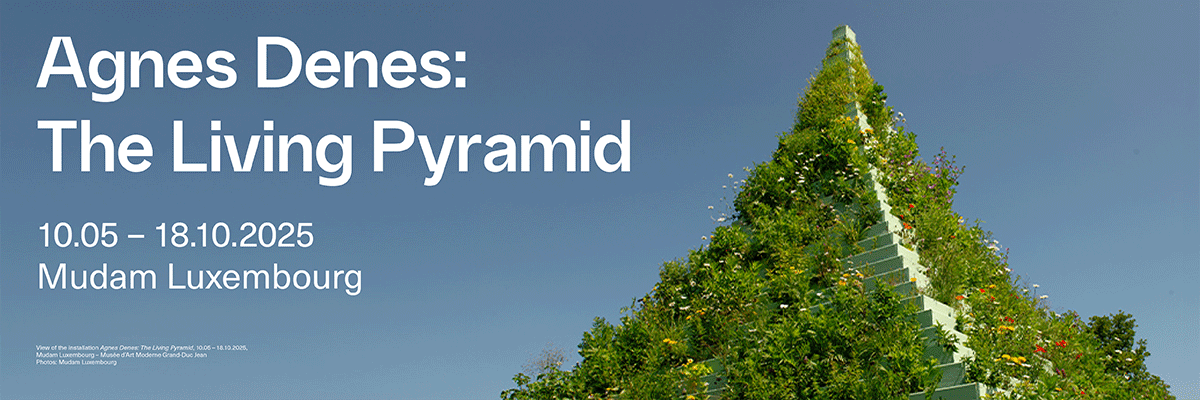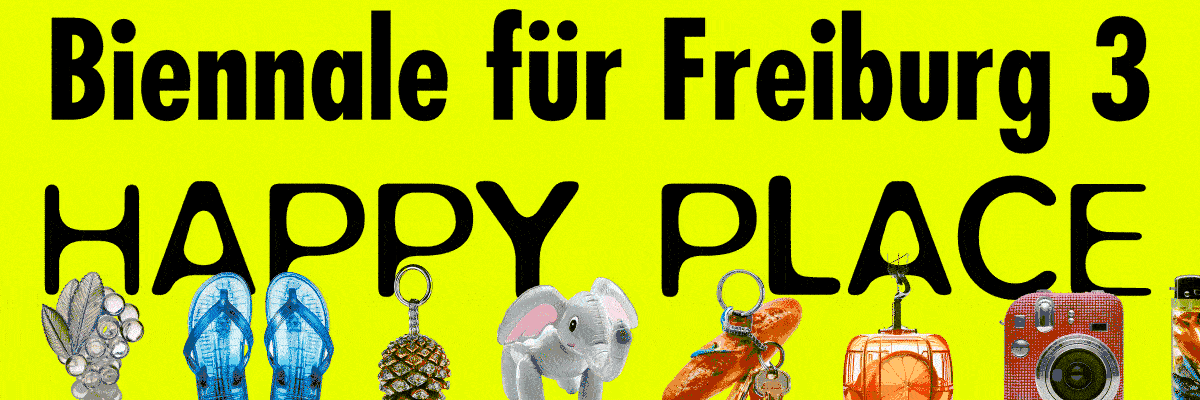
Helena Hladilová
Inua
Project Info
- 💙 Karussell / Former church of Ognissanti, Fermo - Italy
- 💚 Matilde Galletti
- 🖤 Helena Hladilová
- 💜 Matilde Galletti
- 💛 Alessio Beato
Share on

Installation view. Courtesy SpazioA and the artist.
Advertisement

Installation view. Courtesy SpazioA and the artist.

Installation view. Courtesy SpazioA and the artist.

Installation view. Courtesy SpazioA and the artist.

Installation view. Courtesy SpazioA and the artist.

Makoktok, 2022 travertine, bronze, green Prato marble, red onyx, watercolor, neon cm 85 x 20 x 5 Courtesy SpazioA and the artist.
In 1994 was released Chansons des meres froides by composer and musician Hector Zazou, an artist who collaborated, among many others, with David Sylvian and Ryuchi Sakamoto. When Zazou first went to Sony Records at the beginning of the nineties he had only an idea and a title on his mind: to go North, a place musically unexplored. "The music of the South — the Caribbean, Brazil, Africa — has been done to death, so the only place to go was North”. The outcome was a very powerful record, full of unexpected and dense sonorities, not only generically taken 'from the North’, but resulting from a research that had entered into dialogue with distant and divergent personalities, preferring those who told stories and legends that best reflected the nature of the inhabitants of the northern seas. There are exotic song-legends, lullabies of the mysterious Ainu of the island of Hokkaido, of the Inut of Buffin Island in Canada, the breath-songs and percussions of the Yakuti shamans of Siberia, the joik songs of the Sami (population of the area of Lapland) and the music from more familiar lands such as Finland, Iceland (Bijork singing in his native language), Greenland, Sweden, Ireland. The breath-singing from throat that is performed by the shamans and the wordless calling and answering of the Inuit that conclude the album reach a pinnacle of pervasive sense.
This is not a world music album, but a long musical journey, a project in which the songs (not simply collected around the northern seas, but recorded after long periods of coexistence and knowledge of the singers and their culture, often in unthinkable conditions) have been worked on, modified and connected to each other through extensive sampling and sound treatments operated by Zazou. An album that produces electronic and acoustic soundscapes that make the context animist, profoundly sensorial and mysterious of the aboriginal peoples of the North. Listening to it in its entirety, on loop, over and over again, allows you to be overwhelmed by continuous and pervasive sonorities that introduce directly (thanks above all to the work of synthesizers and samples) into the reverberations some mysterious atmospheres which, traditionally, have produced those songs and those sounds.
For these populations everything was spirit, everything was animated: the human world, the world of nature and the world of divinities were united and in constant exchange. Even moods for them were embodied by spirits. What they lived, until the end of the 1800s when they first made contact with the peoples of the South, was a vast, isolated and slow-moving world. Immensity and whiteness, slow but gigantic shifts were what surrounded them and what allowed them to intuit the sacred present in the things of the world, in the existence of these things in the world and in the activity they have when engaging with it. According to the animist thought of these populations, everything vibrated in the terrestrial sphere according to its own sacred energy and its own function, every little one
object had a meaning, every space was teeming with signs of the Whole with which one had to live in a propitiatory balance.
The Inuit believed that everything was alive: stones, sleds, harpoons, the crunching ice, the waves of the sea and the air that they breathed. Every object, animate and inanimate, had a soul, its ‘inua'.
For this exhibition, Helena Hladilová has created a series of new works inspired by the Inuit civilization and by the artifacts present in the "Silvio Zavatti" Polar Ethnographic Museum in Fermo. Entering the story and the fantastic universe of the Inuit, the artist deliberately let herself be enchanted by shamanic beliefs and practices, rearranging materials and symbols to create hybrid subjects.
For the Inuit some objects were very powerful, as they could make people reach the depths of the sea or save everyone from drowning. Paws and feathers of a bird – those of the crow, the strongest bird, which manages to find something to eat even in extreme conditions – wiped out diseases and protected from starvation. Puffins masks and skulls, decorated with artificial eyes, were used during rituals; the amulets were always kept with them, while women used to keep them in their hair. All these images have served Hladilová to build the sculptures on display, arranged as shamanic tools or present as spirits of natural places, which accompany the explorer who lets himself be guided by nature and follows its courses
and directions. Slender totems, ambiguous and astonished figures like the kodama of archaic Japan or masked to blend in with the natural world, to suddenly surprise the initiate along the path that leads to an illusory real world.
The immersion in these images, overwritten by the neon signs which are bits of gestures and forms of the particular iconography of the Inuit, creates a pervasive space, in which the echoes of very ancient lives, revived, touching our skin. The different types of stone
used by the artist and the way of modifying the surface recall the magical powers of inert materials and their possible loads of energy, which meets the life of men to create ghostly and evocative presences. This production concludes a year of intense work for Hladilová, in which a whole series of new images have followed one another forming a fluid and portentous dialogue, producing linguistically and aesthetically powerful and enchanting works.
Matilde Galletti




